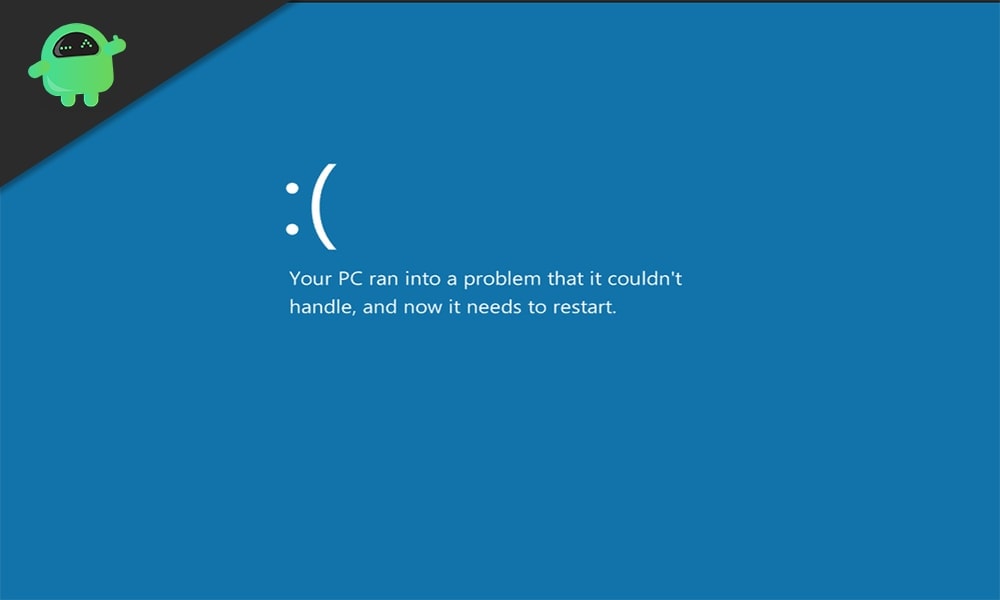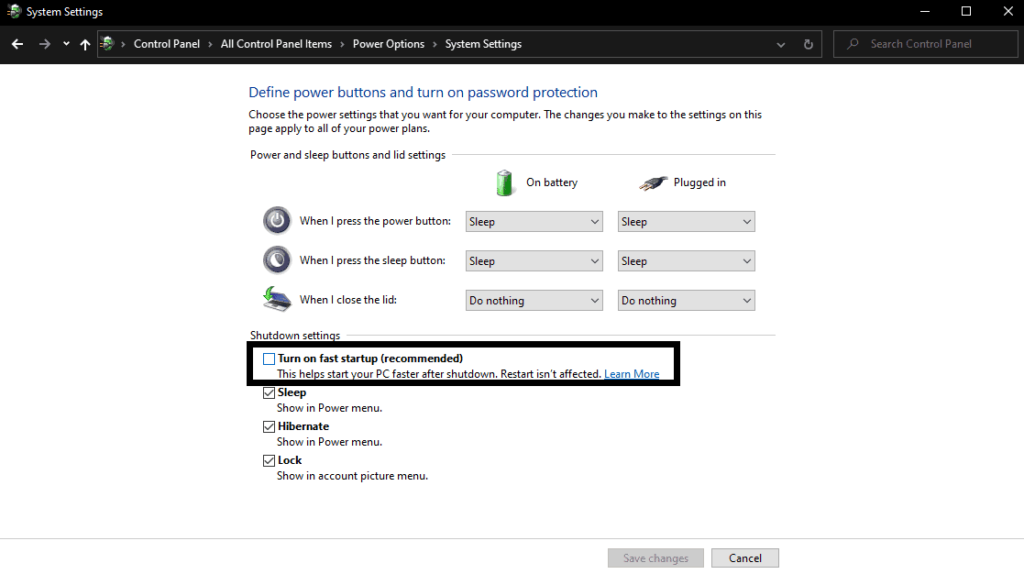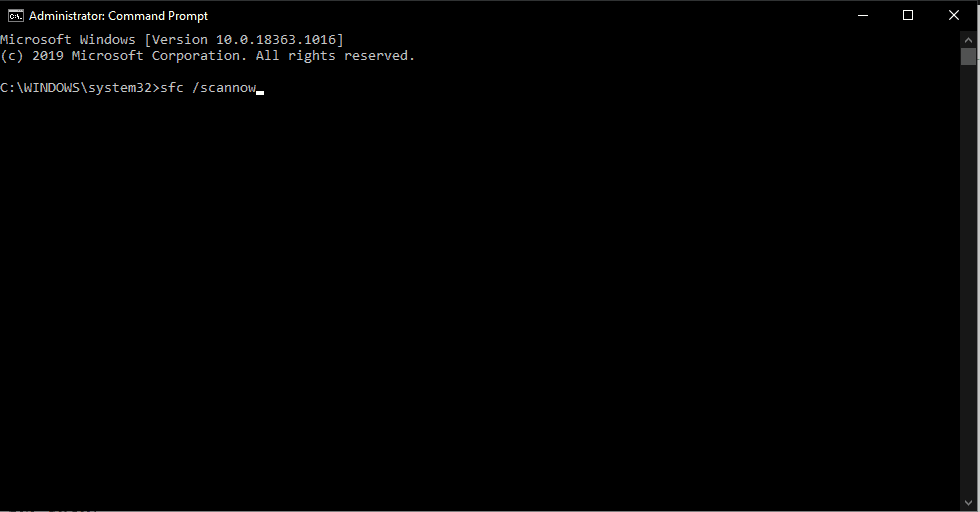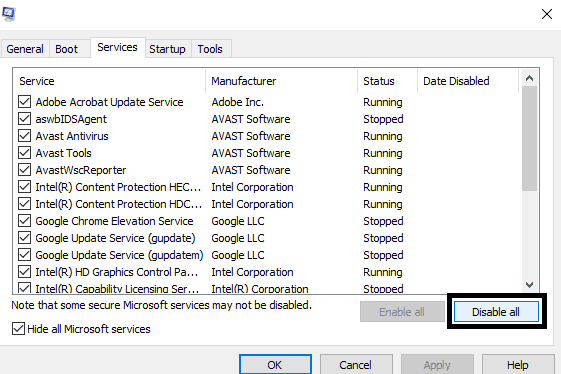Kmode Exception Not Handled Error in Windows 10 systems is common if the system has outdated or faulty drivers. Again if there are some essential driver files missing, even then, you can see this error. This is a Blue Screen Of Death error, and when it shows up, your system stops working completely and restarts itself. Sometimes the desktop opens up normally, while you might encounter a boot loop scenario in some other instances. The system will keep on showing the Blue Screen Of Death error every time it boots up, and it will keep restarting itself.
The system won’t boot up with normal settings. The only way to boot it up in such a scenario is by booting into the safe mode. But using a Windows system always in Safe Mode is not a solution. Since we know the probable cause behind this error, we can try the solutions for them to fix it easily. Here in this article, we have included all the possible solutions to fix the Kmode Exception Not Handled error in Windows 10. So without any further ado, let’s get into it.

Page Contents
How to fix Kmode Exception Not Handled Error in Windows 10?
The reason behind the error could be driver related or program related or even memory-related. Since it is impossible to figure out the exact cause, try all the solutions mentioned below, one after the other. Surely one of these solutions will get rid of that error for you.
To try the solutions mentioned below, you need to first boot up your computer in Safe Mode with networking.
- When your computer is booting up, press F8 or Shift + F8. Keep on continuously pressing it until you see a screen that shows a list of options.
- Here, press the number associated with the option “Safe Mode with Networking” and then wait till the computer boots up successfully this time.
Install the missing drivers:
As we have mentioned before, this error is quite common if you have any drivers missing in your system.
- Press Windows Key + X and choose Device Manager from the list of options that show up.
- Find any unknown device in the list of devices in the Device Manager window. If there is any such unknown device, you will see it marked with an exclamation mark.
- Right-click on the unknown device and choose “Update driver.”
- Choose the “Search automatically for updated driver software” option in the next window that shows up.
- Then follow the on-screen instructions to let your computer automatically search for drivers online and install them in your system.
If that does not work, then you need to visit the website of the device’s manufacturer, with which you see the exclamation mark. There you will find the latest drivers for that device.
Additionally, you can even opt for a third-party driver utility program that scans your computer for any missing drivers and then installs them if necessary. These programs do charge a bit, but it makes the process really easy.
Update network adapter drivers:
Most people with outdated or faulty network drivers have encountered the Kmode Exception Not Handled error. So you need to make sure that your network adapter drivers are up to date and functioning well.
- Press Windows Key + X and choose Device Manager from the list of options that show up.
- Double-click on the Network adapters section to expand it.
- Right-click on your network adapter and choose “Update driver.”
- Choose the “Search automatically for updated driver software” option in the next window that shows up.
- Then follow the on-screen instructions to let your computer automatically search for drivers online and install them in your system.
You can even visit your network adapter’s website and download the drivers from there. Or you can opt for a third-party driver utility program that will automatically update your network adapter drivers to the latest version.
Remove problematic programs:
There is an “ON/OFF Gigabyte” program that is used for USB power stations. If you are someone who is currently using the program, uninstall it right away. The files on this program are reported to be non-compatible with some builds of Windows 10, which is a possible reason for the Kmode Exception Not Handled error.
- Click on the search bar and look for “control panel.” Once it shows up in the results, open it up.
- Click on Programs and Features.
- Then you will see a list of all your installed programs. Find the ON/OFF Gigabyte program in this list and click on it.
- Then click on the uninstall button on top.
- Follow the on-screen instructions after that to completely remove the program from your computer.
If, even after uninstalling the program, you are experiencing the error, try the next solution.
Remove antivirus programs:
Several antivirus programs are also at fault for this error in Windows. Many people have reported McAfee antivirus specifically, but we would recommend you to uninstall any antivirus program that you have on your computer right now. If that makes the error go away, then opt for a different anti-virus program later.
- Click on the search bar and look for “control panel.” Once it shows up in the results, open it up.
- Click on Programs and Features.
- Then you will see a list of all your installed programs. Find the antivirus program in this list and click on it.
- Then click on the uninstall button on top.

- Follow the on-screen instructions after that to completely remove the program from your computer.
If uninstalling the antivirus does not do you any good, go for the next solution.
Disable Fast Startup:
Fast Startup is a feature that is turned on by default in a Windows system. It lets the computer boot up faster after a shutdown.
- Click on the search bar and look for “control panel.” Once it shows up in the results, open it up.
- Click on Power Options.
- Then click on the “Choose what power buttons do” option on the left.
- Click on “Change settings that are currently available.”
- Uncheck the box next to “Turn on fast start-up.”

- Finally, click on Save changes.
If turning off the fast startup does not help with the Kmode Exception Not Handled error, try the next solution.
Run an SFC scan:
SFC or System File Checker is a utility built into Windows. It checks the system files for any errors, and if anything is found, then a possible repair is attempted by the system. This utility feature might fix your Kmode Exception Not Handled error too.
- Press Windows Key + R, and it will open up the Run dialog box.
- Enter “cmd” here and press Ctrl + Shift + Enter.
- When the UAC window pops up, click on Yes.
- In the command prompt window, enter the following command and press enter:
sfc /scannow

Once the scan is complete and repairs are performed, restart your computer. If you still see the Kmode Exception Not Handled error while trying to boot normally, go for the next solution.
Clean Boot Windows 10:
Clean boot will disable all third-party applications running in your Windows system.
- Press Windows Key + R, and it will open up the Run dialog box.
- Enter “msconfig” here and press Enter.
- Click on the services tab of the System Configuration window that opened up.
- Check the box next to “Hide all Microsoft services.”
- Check all the services on the list above and then click on “Disable all.”

- Go to the Startup tab and then click on “Open Task Manager.”
- Disable all the programs listed here once by one by simply right-clicking on each of them and choosing Disable.
Now, restart your computer. If you still see the Kmode Exception Not Handled error while trying to boot normally, go for the next solution.
Diagnose Memory Issues:
A possible RAM issue could also be the cause behind this particular BSOD error.
- Click on the search bar and look for “Windows Memory Diagnostic.” Once it shows up in the results, open it up.
- Then choose to perform the diagnostic right away by rebooting or choose to do it when the computer reboots the next time.
If even after that you see the Kmode Exception Not Handled error, try the next solution.
Update the BIOS:
Updating the BIOS is always a good idea when you are dealing with BSOD errors. Head over to your motherboard manufacturer’s website and go to the download section. Here, download the latest BIOS software for your motherboard and then install it. Updating BIOS in Windows is a bit tricky, though, so make sure to take some help from a professional.
These are all the possible solutions to solve the Kmode Exception Not Handled error in Windows 10. If you have any questions or queries about this article, then comment down below, and we will get back to you. Also, be sure to check out our other articles on iPhone tips and tricks, Android tips and tricks, PC tips and tricks, and much more for more useful information.
